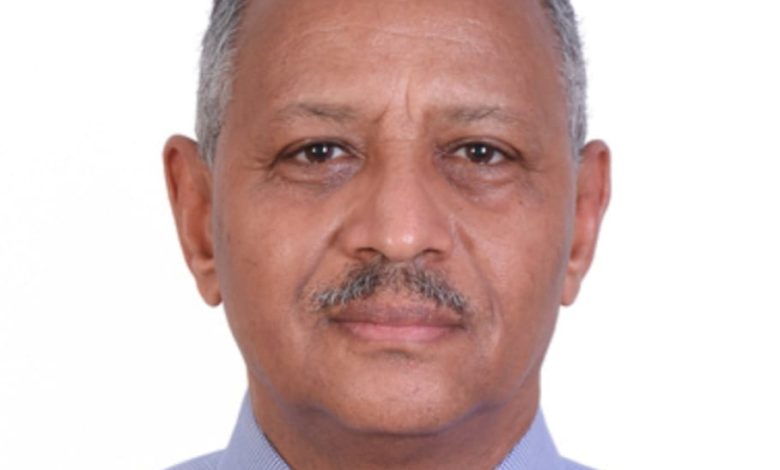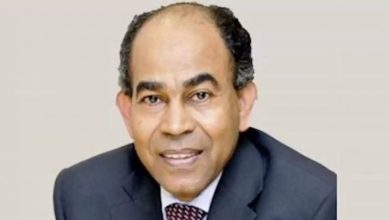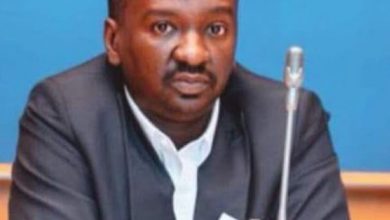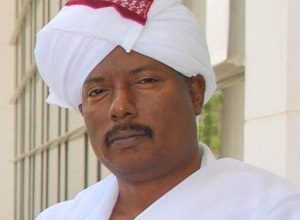“Let He Who Is Without Experience Cast the First Stone”

By Al-Abid Ahmed Marouh
For over seventy years, Sudanese people have been experimenting with self-governance. Since 1953, when the process of self-rule began as a prelude to independence, Sudan has been governed by its own people.
Throughout these seven decades, Sudan has experienced all forms of governance—starting with a so-called “democratic” system under colonial oversight, followed by a multi-party national government, then a military coup that initially tightens its grip before granting limited freedoms and plurality, and finally, a transitional government emerging from popular uprisings that the armed forces respond to by toppling the existing regime. And so, the cycle continues.
The first national government emerged after World War I, influenced by global decolonization policies. Later, Sudan’s political landscape was shaped by the Cold War and the rivalry between the socialist Eastern bloc and the capitalist Western bloc during the 1960s and 1970s. In this era, leftist and nationalist regimes dominated the region, with communist and Arab nationalist parties rising to power in many countries, including Sudan. Over the past seventy years, Sudan’s governance has been heavily influenced by international shifts—from the Cold War to the collapse of the Soviet Union, the rise of a unipolar world order, the waves of the Arab Spring, and the subsequent counter-revolutions. These external forces have variously supported Sudanese regimes or fueled opposition movements against them.
Cycles of Power and Opposition
On the whole, the Umma Party and the Democratic Unionist Party (DUP) ruled Sudan before and after independence until they handed over power to the military in November 1958. They returned to power after the October 1964 Revolution, only to be overthrown by the communist-nationalist coup of May 1969. They regained power following the April 1985 Revolution, but were again toppled by the Islamist-backed 1989 coup, known as the Salvation Regime.
The Communists and Arab Nationalists came to power through the Jaafar Nimeiri coup, though their direct hold on power lasted only a few years. They returned to government following the fall of the Salvation Regime in 2019, remaining in power for nearly three years.
The Islamists participated in governance after reconciling with President Nimeiri’s regime, maintaining influence for about six years. They later joined a short-lived coalition under Prime Minister Sadiq al-Mahdi, before ultimately seizing full control via their 1989 coup, making them the longest-ruling political force in Sudanese history.
Opposition Experiences
Sudanese opposition movements have also followed a familiar cycle. The National Front—a coalition of Umma, DUP, and Islamists—opposed Nimeiri’s regime for about ten years, while the Communists opposed it for roughly 12 years. Later, the Umma, DUP, and leftist forces opposed the Salvation Regime for a continuous 15 years, followed by another seven years of intermittent resistance. Consequently, these three parties—Umma, DUP, and the Communists—have formed Sudan’s longest-lasting opposition movements.
Furthermore, nearly every Sudanese political group has, at some point, taken up arms against the central government or supported armed movements. From the National Front’s armed rebellion, to the Sudan People’s Liberation Movement (SPLM), the National Democratic Alliance, and later, the Darfur-based Sudan Liberation Movement and Justice and Equality Movement, armed resistance has been a constant feature of Sudan’s political landscape.
A Fractured Political Scene
Over these seventy years, the number of political parties has increased more than tenfold, while rebel movements have multiplied more than thirty times. All these forces have relentlessly vied for power, either as rulers or opposition, using all possible means. Sudan’s body politic is now so scarred that there is hardly a place left without a wound from a sword or a stab from a spear. Our country has become a symbol of political instability, evidenced by the fact that our political elite has yet to agree on a permanent constitution.
Collective Responsibility and the Way Forward
The responsibility for Sudan’s current state does not rest solely on the founding fathers of independence, nor only on those who ruled after them. It also falls on those who opposed these regimes. While the degree of responsibility may vary from one government to another and from one opposition group to another, it is clear that all political actors share the blame.
To escape the crisis we are in, we must critically review our collective political experiences—both in governance and opposition. We need to analyze them thoroughly, identify any wisdom that emerged (if any), and expose the recklessness and failures.
Singling out the Islamists alone for critique while ignoring the experiences of others—whether those who ruled before or after them—is nothing more than political bullying. Such a selective reckoning will never lead to an honest reckoning and will only raise suspicions about its true intent.
The only viable path forward is for all of us to acknowledge our shared responsibility for Sudan’s failures and to take collective responsibility for rescuing it from its downward spiral. The first step is admitting our shortcomings, each according to their role, and calling for an inclusive, genuine dialogue—one that excludes no one.
In this dialogue, we must vent out our grievances, admit our mistakes, and identify the flaws in our past experiences. Together, we must chart a new course for our nation and allow the Sudanese people, in an atmosphere free of manipulation and coercion, to choose whom they wish to entrust with their future—or reject them altogether.
(Published by “Al-Muhaqqiq” News)



